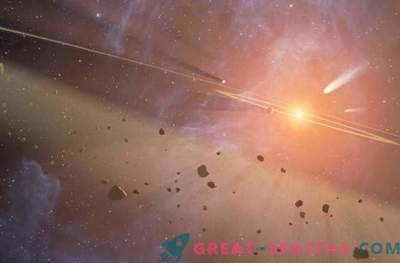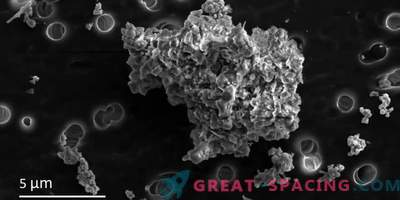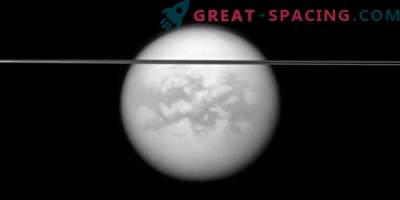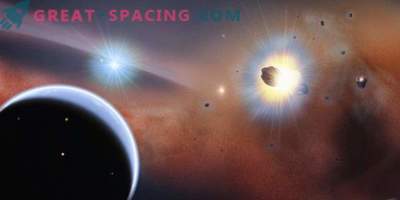
Scientists have obtained evidence that comets' narrow, dense rings come together to form planets on the edges of three distant solar systems. An estimate of massiveness (based on the amount of reflected light) shows that each planet is roughly equivalent to Earth.
In recent decades, the powerful observatories of NASA, the IR telescope in Hawaii, and Spitzer demonstrate a number of young disk systems with a thin and bright outer ring, represented by cometary bodies with a distance of 75-200 a. e. from the main stars. In the composition there is a huge amount of ice and carbon.

A review from Gemini demonstrates a complex picture of changes in brightness and polarization around the HR 4796A disc.
Special attention to itself attracts the red dust ring HR 4796A, which demonstrates an unusually rigid form for the young system. The red color is traced to the burnt stony organic cometary remnants, due to which the system ring is close to the star. Scientists do not see the red ring dust in Fomalgaut or HD 32297, because the rings are distant and the comets remain stable and cold.
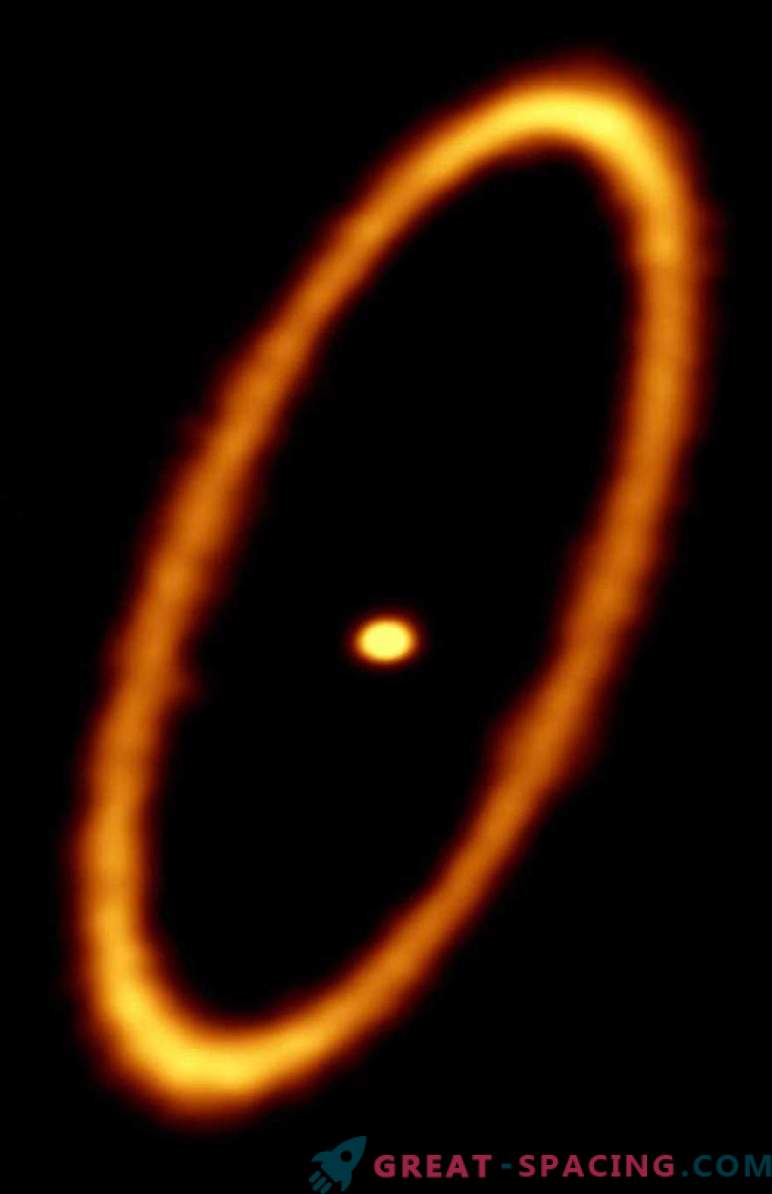
The ALMA image shows a garbage disk in the Fomalgaut star system. The ring extends to 20 billion km from the central star and covers a width of 2 billion km. The central point is the unresolved stellar emission exceeding the Sun by half
The comets that have fallen on the growing surfaces of planets will raise huge dust clouds. The obvious conclusion is that there are several mini-planets in these rings. These are tiny bodies with low take-off speeds that hold rings in narrow structures.
As a result, instead of forming a large body, we get several smaller ones, which in the final stage will merge into the planet. For Fomalhaut and HD 32297, researchers believe that millions of comets participate in the process of nucleation (for planets like ice giants). In HR 4796A, the ring is warmer, so the ice evaporated, leaving the main building blocks of carbon and stony materials.
Most likely, such systems form planets that are not in ours. These are objects larger than the Earth, consisting of ice, stones and refractory organic substances.

